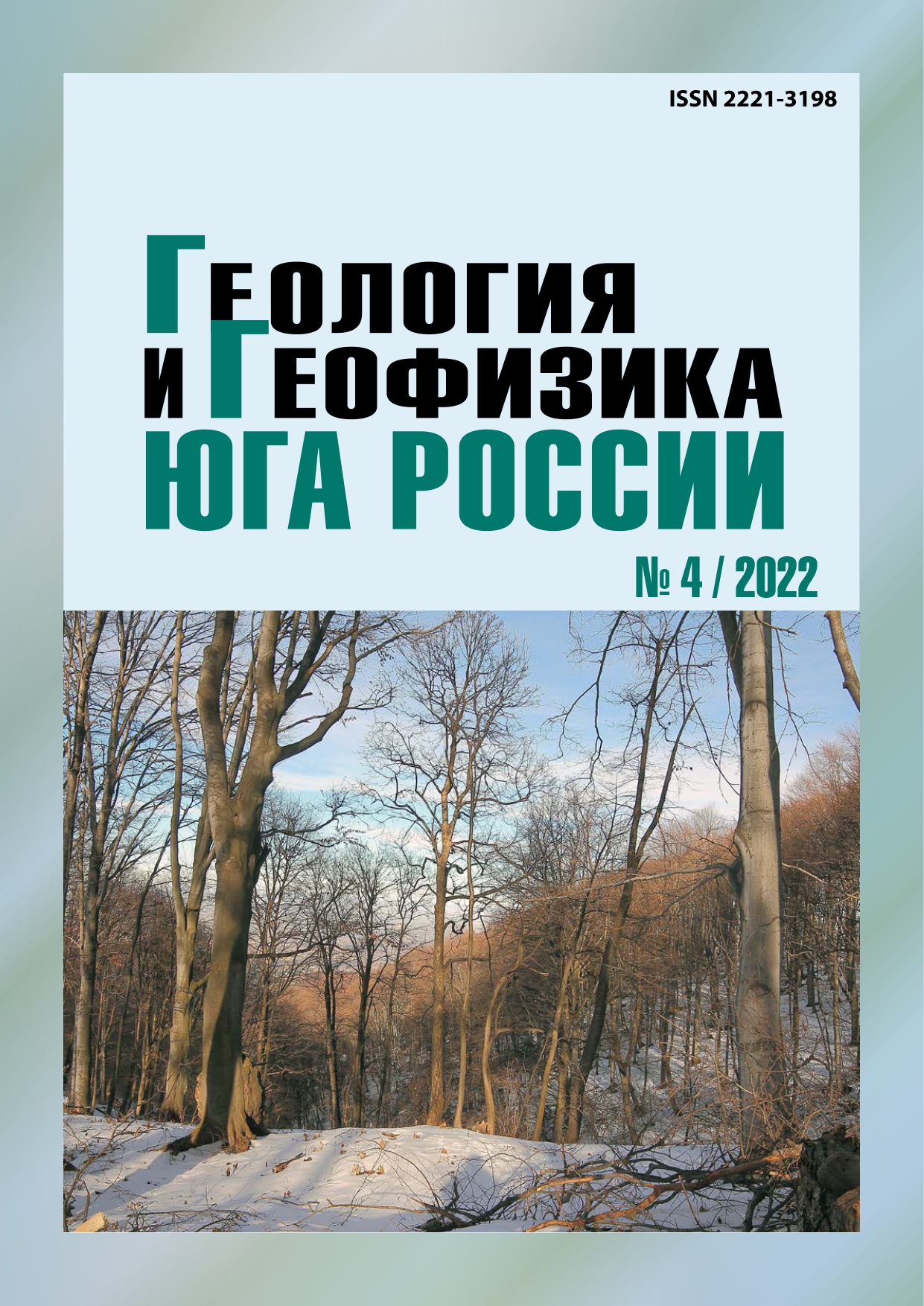Influence of nonlinear properties of the medium on the seismic effect of strong earthquakes
Keywords:
macroseismic intensity, ground motion parameters, spectral composition, instrumental seismic intensity
Abstract
Relevance. Traditionally, seismic impacts in the practice of earthquake-resistant construction are estimated by peak horizontal ground acceleration. Consequences of strong and destructive earthquakes show multifactorial impact of the earthquake process on buildings. It is known that the nonlinear properties of the medium affect the spectral contents and the amplitude of vibrations on the surface of the stratum, which causes the dependence of the seismic effect on the level of impact. The aim of the work is to establish a relationship between instrumental seismic intensity and nonlinear properties of the medium in complex engineering-geological and geomorphological conditions. Methods. Modeling of oscillations of the soil stratum was carried out by the finite element method. The main mechanical properties of the medium were supplemented by a parameter characterizing the nonlinear stress-strain relationship. Results. The simulation of the propagation of seismic waves in a medium with a different degree of nonlinear properties, specified by the steepness of nonlinear stress-strain curve, is performed. As a result, differences in the spectral composition and spatial distribution of vibration energy were established. In nonlinear spectra, the energy is redistributed to a higher frequency region, a multiple of the main peak, the stronger, the steeper the stress-strain curve. It has been established that, in general, various instrumental intensity measures have the same pattern of change along the profile, with the exception of the cumulative absolute velocity, the distribution of which varies greatly for different steepness values of the stress-strain curve. The degree of manifestation of the nonlinear properties of soils can also be characterized by the area of the normalized spectrum, the increase in which is associated with an increase in the width of the spectrum due to the redistribution of energy to a higher frequency region.
Published
2022-12-28
Section
Articles


